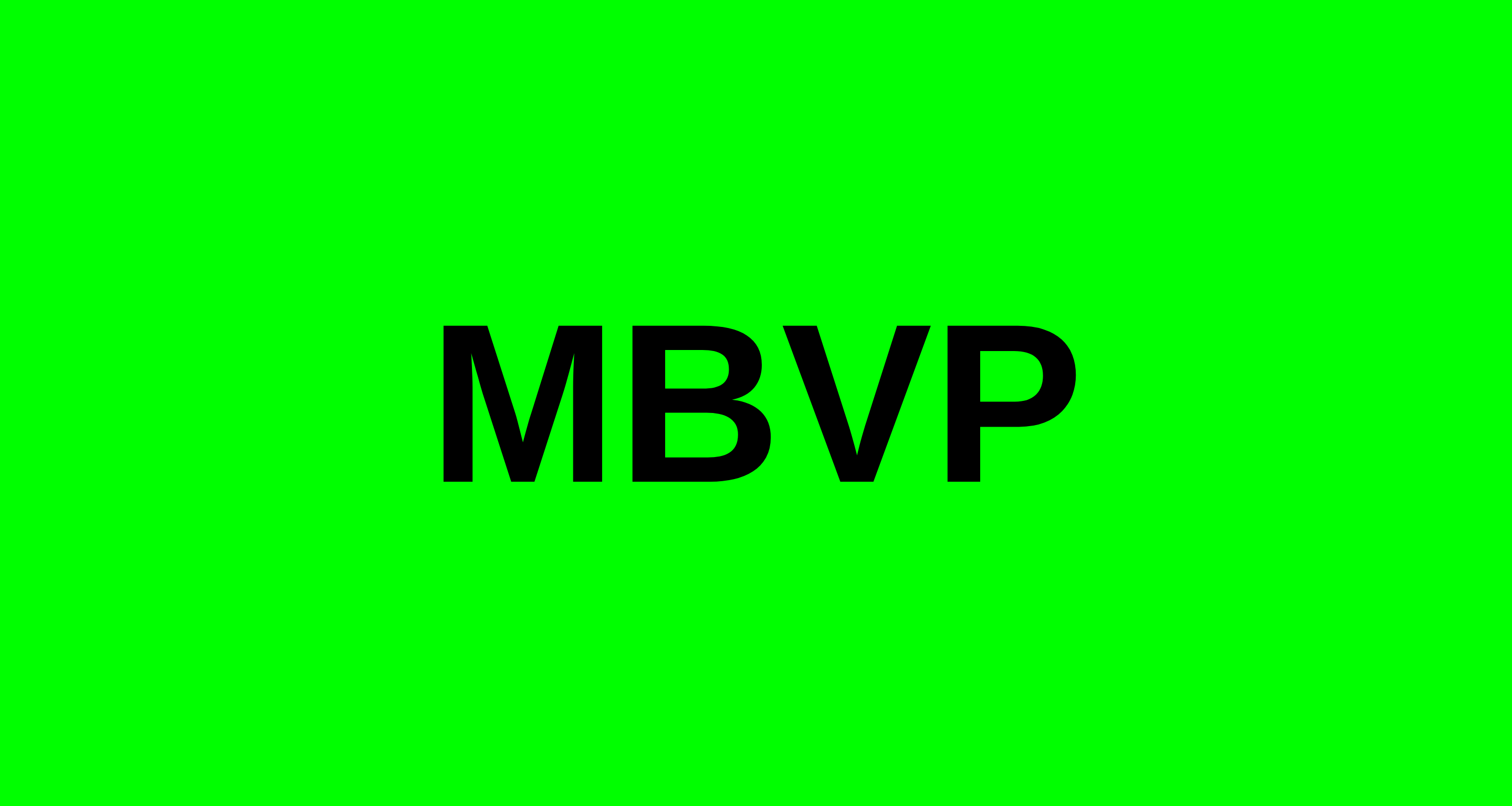Browser window management has evolved significantly, yet most users still struggle with the chaos of multiple tabs and windows. Let's compare the most common approaches to viewing multiple websites and discover why MBVP represents the next evolution in web browsing productivity.
Traditional Browser Tabs: The Old Standard
Browser tabs revolutionized web browsing when they were introduced, but they've become a productivity bottleneck in our multi-tasking world.
Limitations of Traditional Tabs
- Context Switching: Constantly switching between tabs breaks focus and reduces productivity by up to 25%
- Memory Overload: Dozens of open tabs consume system resources and create mental clutter
- Visual Limitations: Can only see one website at a time, losing context from other sources
- Tab Management Hell: Finding the right tab becomes increasingly difficult with more tabs open
Split Screen Browsing: A Step Forward
Operating system-level split screen functionality allows viewing two browser windows side-by-side. While better than tabs, it still has significant limitations.
Split Screen Advantages
- View two websites simultaneously
- Reduce context switching between primary tasks
- Better for comparison tasks
- Uses built-in OS functionality
Split Screen Limitations
- Limited to Two Windows: Can only view two websites at once
- Fixed 50/50 Layout: Equal screen division may not match importance or content needs
- OS Dependent: Functionality varies by operating system
- Window Management Complexity: Managing multiple browser instances becomes cumbersome
- Memory Inefficiency: Running multiple browser instances uses more system resources
Multi-Window Browsing: The Power User Approach
Advanced users often open multiple browser windows and arrange them manually across their desktop or multiple monitors.
Multi-Window Advantages
- Complete flexibility in window positioning
- Can utilize multiple monitors effectively
- Custom sizing based on content importance
- Works with any browser
Multi-Window Challenges
- Setup Complexity: Manually positioning and resizing windows is time-consuming
- Window Overlap Issues: Windows can overlap or get lost behind others
- Resource Heavy: Multiple browser instances consume significant system resources
- State Management: Difficult to save and restore window arrangements
- Focus Management: Complex window focus and activation issues
Browser Extensions: Limited Solutions
Various browser extensions attempt to solve multi-website viewing with split-screen functionality within a single tab.
Extension Limitations
- Browser Restrictions: Limited by browser security and API constraints
- Performance Issues: Running multiple sites in iframes can cause slowdowns
- Compatibility Problems: Many websites block iframe embedding
- Limited Customization: Basic layouts with minimal configuration options
- Security Concerns: Third-party extensions handling sensitive website data
MBVP: The Revolutionary Approach
MBVP (Multi-Browser Video Player) reimagines web browsing by combining the best aspects of all previous approaches while eliminating their limitations.
How MBVP Solves Traditional Problems
1. Unified Interface Design
Unlike multi-window setups, MBVP provides a single, cohesive interface that manages multiple websites without the complexity of separate browser windows.
2. Flexible Layout System
Go beyond split-screen's 50/50 limitation with customizable layouts that can accommodate 2, 4, 6, or more websites simultaneously, with custom sizing for each.
3. Resource Optimization
MBVP uses a single application instance to manage multiple website views, significantly reducing memory usage compared to multiple browser windows.
4. Context Preservation
View multiple websites simultaneously without losing context, eliminating the productivity loss associated with constant tab switching.
MBVP's Unique Advantages
- Unlimited Windows: View as many websites as your screen and workflow require
- Custom Layouts: Create layouts that match your specific workflow needs
- Persistent Configurations: Save and restore your perfect window arrangements
- Focus Management: Intelligent focus handling without window overlap issues
- Performance Optimized: Purpose-built for multi-website viewing
- Cross-Platform: Consistent experience across operating systems
Real-World Comparison Scenarios
Scenario 1: Research Project
Traditional Tabs: 15+ tabs open, constant switching, losing track of sources, mental fatigue from context switching.
Split Screen: Limited to comparing two sources at a time, still requires tab management within each window.
MBVP: View 4-6 research sources simultaneously, maintain context across all sources, efficient information synthesis.
Scenario 2: Social Media Management
Traditional Tabs: Switching between Twitter, Instagram, LinkedIn, TikTok, losing engagement context, delayed responses.
Multi-Window: Multiple browser windows overlap, difficult window management, resource intensive.
MBVP: All platforms visible simultaneously, real-time monitoring, immediate response capability, unified interface.
Scenario 3: E-commerce Price Comparison
Traditional Tabs: Forget prices when switching tabs, lose product details, difficult to compare specifications.
Split Screen: Limited to two retailers, miss better deals from other sources.
MBVP: Compare prices across multiple retailers simultaneously, instant price comparison, comprehensive market view.
The Productivity Science Behind MBVP
Research in cognitive psychology shows that task-switching imposes a "cognitive switching penalty." MBVP eliminates this penalty by providing simultaneous access to multiple information sources.
- Reduced Cognitive Load: No need to remember information when switching contexts
- Improved Decision Making: Better decisions with access to more information simultaneously
- Enhanced Pattern Recognition: Easier to spot trends and connections across multiple sources
- Increased Efficiency: Complete tasks faster with reduced context switching
Making the Switch to MBVP
Transitioning from traditional browsing to MBVP requires a shift in thinking about web interaction. Instead of sequential web browsing, embrace parallel web consumption.
Getting Started Tips
- Start Small: Begin with 2-3 websites and gradually increase
- Define Your Workflow: Identify which websites you use together regularly
- Create Custom Layouts: Design layouts that match your specific needs
- Save Configurations: Build a library of saved layouts for different tasks
The Future of Web Browsing
As digital workflows become increasingly complex and remote work demands higher productivity, traditional browser interfaces are becoming obsolete. MBVP represents the evolution of web browsing—from sequential to simultaneous, from switching to viewing, from limitation to liberation.
The question isn't whether multi-website viewing will become standard, but how quickly users will adopt this superior approach to web interaction. MBVP makes that future available today.

